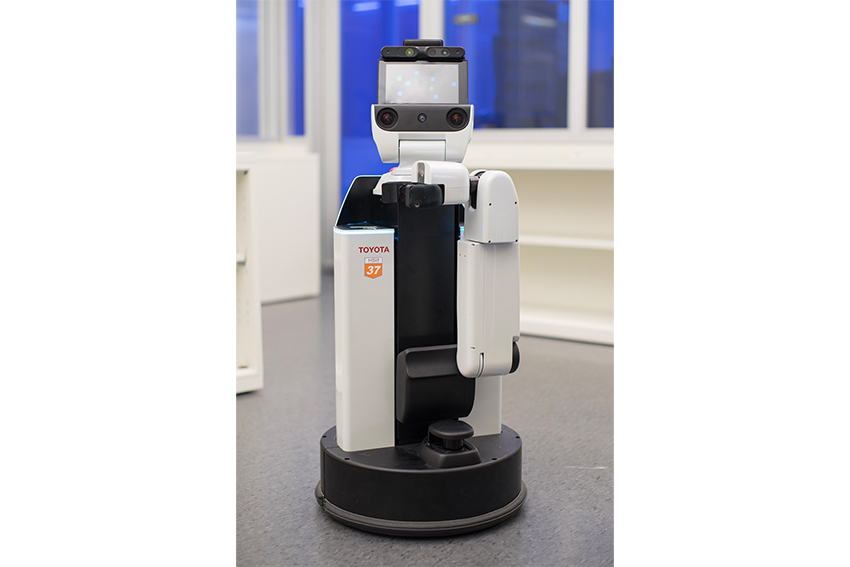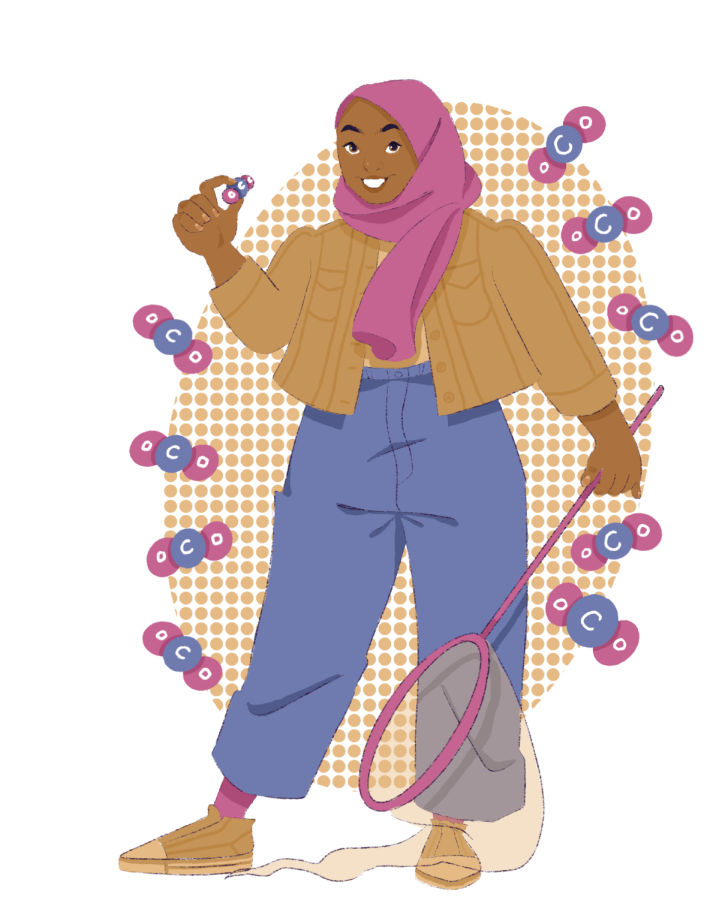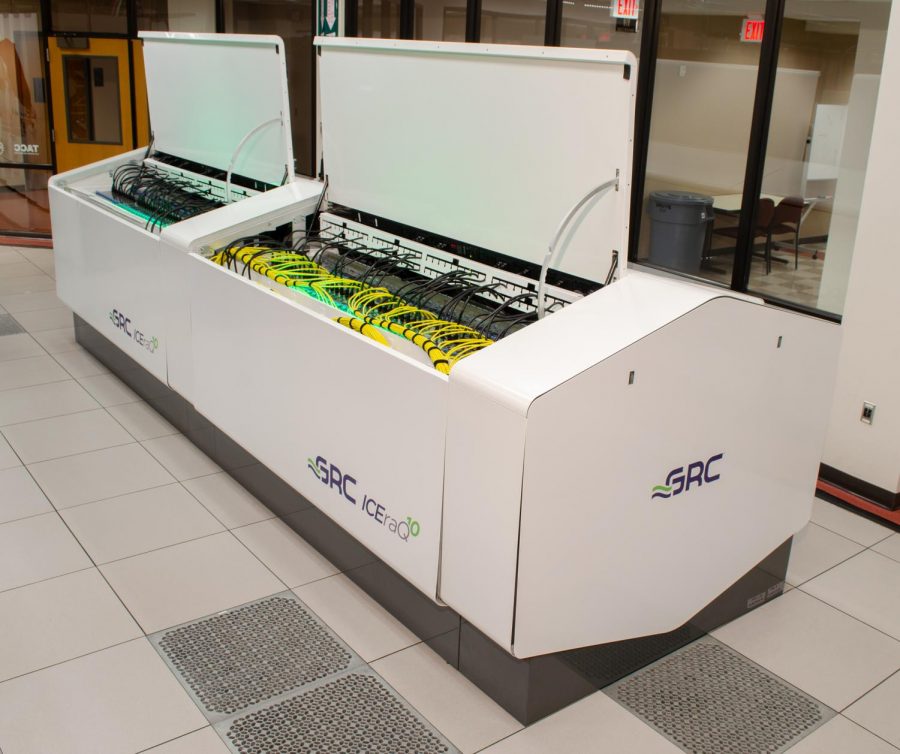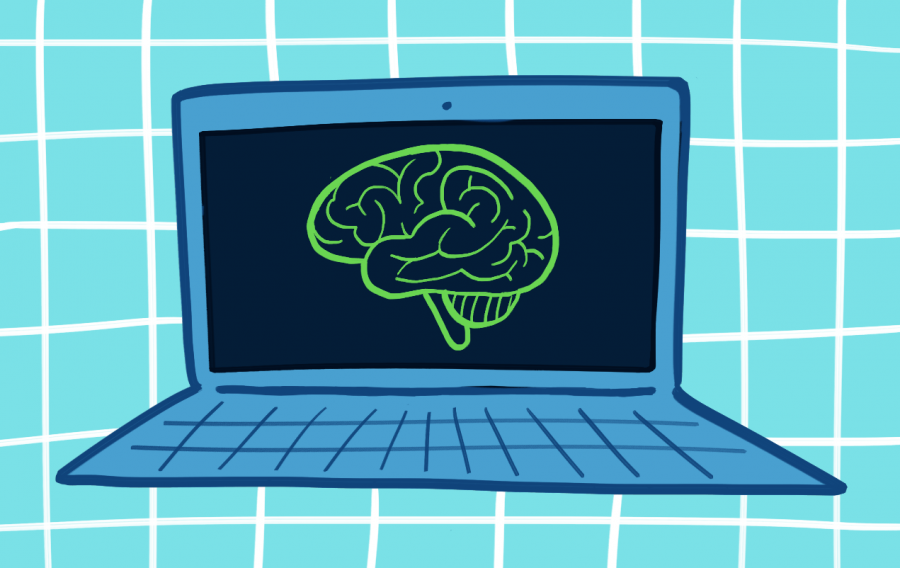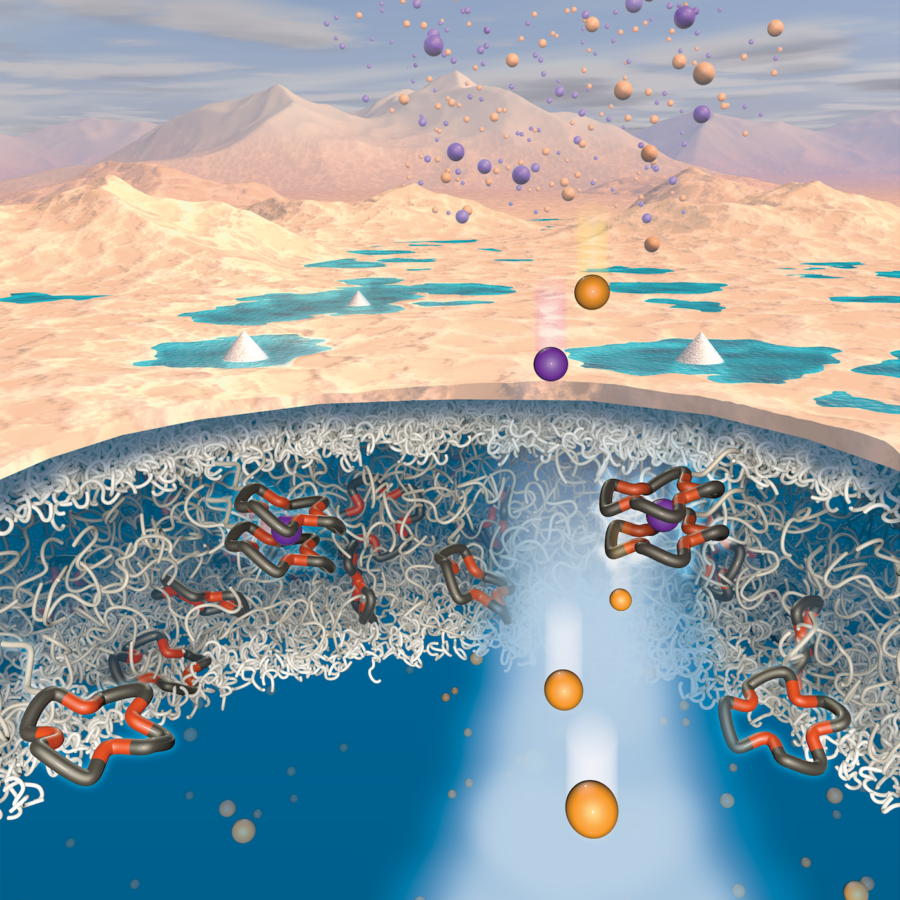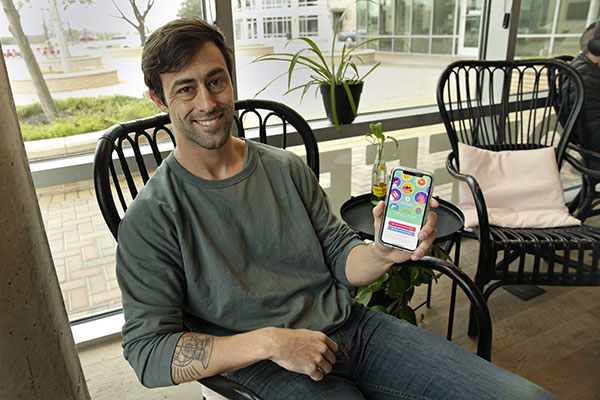People who aren’t regular visitors to the Gates Dell Complex may not be familiar with the fleet of robots that roam the building. A team of researchers in the computer science department recently developed more sophisticated navigation capabilities for these Building-Wide Intelligence (BWI) Project robots.
According to the project’s website, the aim of BWI is to develop robots that can become a part of the computer science building’s environment. Justin Hart, a postdoctoral fellow and natural sciences assistant professor involved with the project, said the robots currently run through the hallways, but are constantly being improved in the name of research.
“We have bigger goals of object delivery, retrieval, people engaging with the robots on a day-to-day basis … that’s sort of becoming a reality, I wouldn’t say it’s 100 percent there just yet,” Hart said.
The latest improvement is a system called PRISM that improves navigation by integrating meanings into the robot’s map of its surroundings. Hart said most current robot mapping systems only identify where the robot is and where it can go. This integration of meaning means the map the robot travels includes the meanings of these different locations.
“(The robot) labels where offices are and where grad student cubicles are based on driving around and seeing those landmarks,” Hart said.
This is achieved in part by a visual filter that focuses on door signs, said Nathan John, computer science and math senior. John helped train this visual filter.
“A big part of this project was to extract out a marker that’s semi-frequent in the area, and we were choosing to use door signs,” John said. “(The filter) was just making it so that (the robot) didn’t have to look at as many things.”
John is one of two undergraduates who worked on this version of PRISM, along with computer science senior Kathryn Baldauf. UT computer science alumni Sean Kirmani and Nick Walker, graduate student Rishi Shah, and computer science professor Peter Stone were also involved with this version.
“Watching it all come together at the end was the most exciting part because it was a little bit of a time crunch at the end … but it was fun,” said Baldauf.
Computer science juniors Jeffery Huang, Stone Tejeda and seniors Jamin Goo and Shivam Patel are currently working on updated versions of PRISM along with Shah and exchange student Yichen Hu. Hart said that the next updates to PRISM will incorporate even more semantic information.
“If you were asking the robot (a) fairly open-ended command, the robot would have the knowledge to answer that, and service that request or at least point you in the right direction,” Hart said. “So if you said ‘Where can I purchase a coffee?’ it might be able to tell you not only where the coffee shop is downstairs, but exactly how to get there.”
In addition to goals related to the program’s capabilities, the team also has goals for the program’s reach beyond BWI. Hart said he hopes that other researchers can use PRISM.
“Potentially, other people can contribute,” Hart said. “Our goal is that relatively soon, you would be able to download a version of PRISM (and) run it on your robot.”

